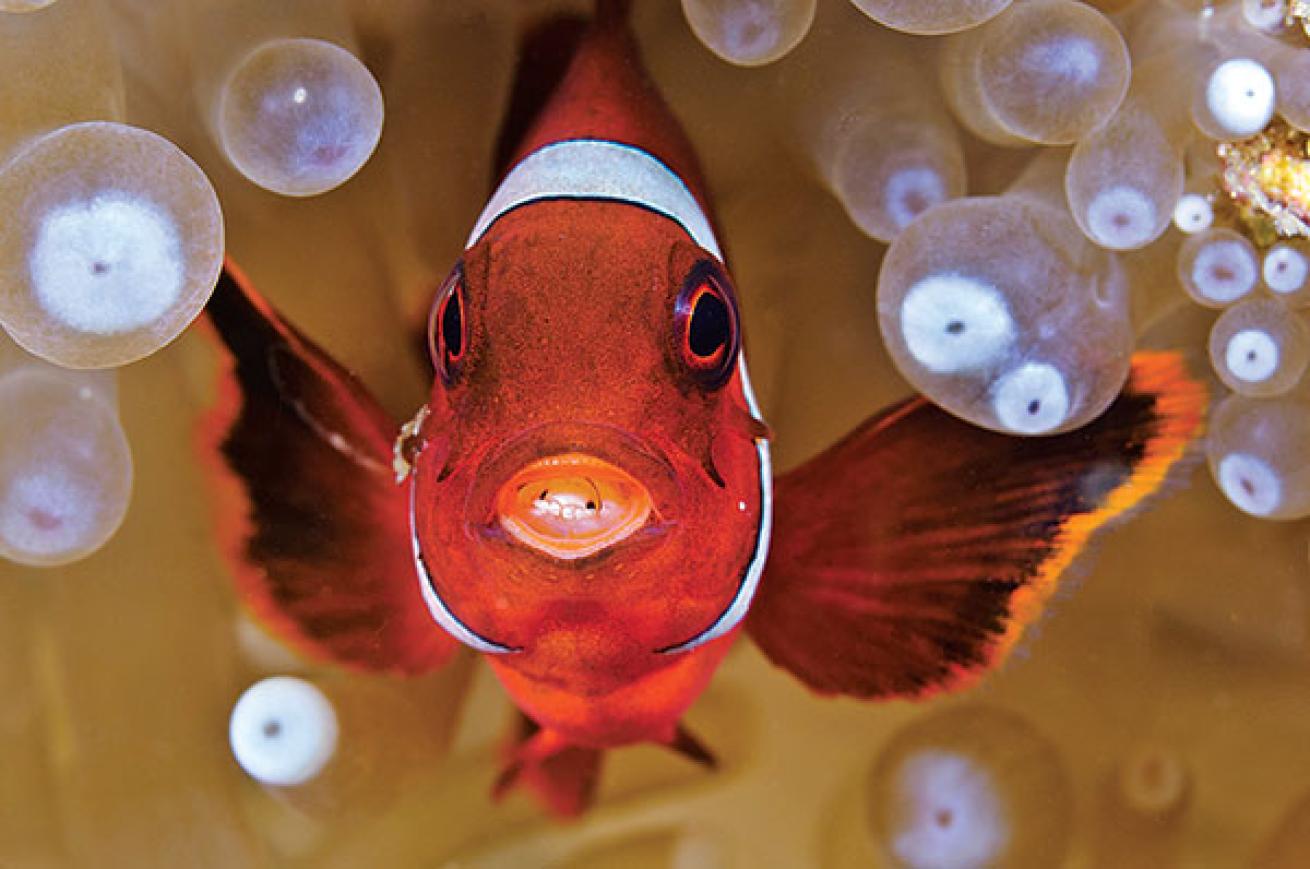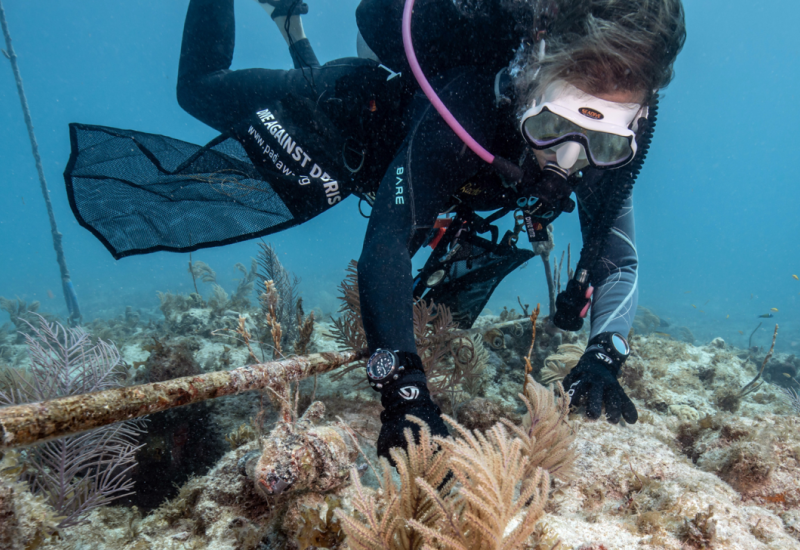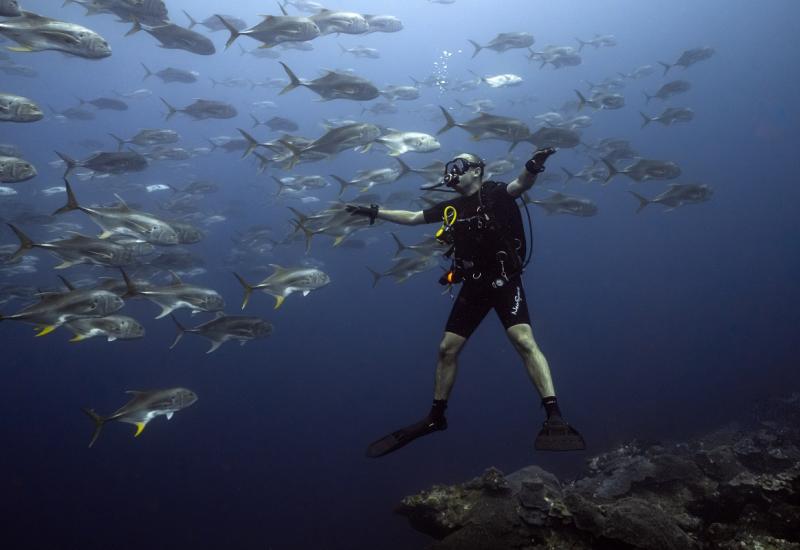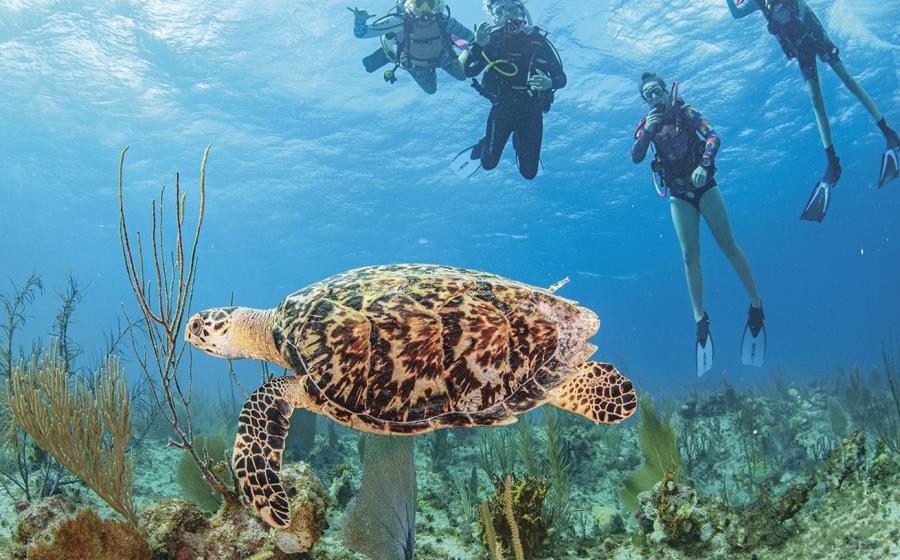9 Facts You Didn’t Know About the Clownfish
These pint-size beauties are fierce defenders of their turf. Check out these 9 interesting facts about the clownfish, or anemonefish.

Reinhard DirscherlClown anemonefish in magnificent sea anemone
• All anemonefish begin life as males, and live in small family groups inside the tentacles of anemones. The largest is a sex-changed female, the next in size is the breeding male, and the remaining two or three smaller members are nonbreeding males.
READ MORE: Fun Facts About the Pygmy Seahorse
• Poor swimmers, anemonefish cannot survive without inhabiting the stinging tentacles of anemones.

Debi HenshawAnemone or potential abode?
• There are more than 1,000 species of anemones worldwide, but only 10 species host anemonefish.
• The 29 known species of anemonefish, all from the Indo-Pacific, are members of the damselfish family.

Matthew OldfieldIsopod got your tongue?
• A species of isopod attaches to the tongue of a few anemonefish, which causes the organ to waste away. The tongue is permanently replaced by the isopod, which — believe it or not — causes no permanent harm to the fish.
• Anemones, members of phylum cnidaria, which includes stony corals and jellyfish, all have the unique ability to sting both predators and prey.

Reinhard Dirscherl/AgefotostockWon't you be my neighbor?
• The beautiful Banggai cardinalfish from Indonesia has adapted to share anemones with anenomefish.
• Popular with home aquarists, a few species of anemonefish are now bred in captivity for the aquarium trade.










